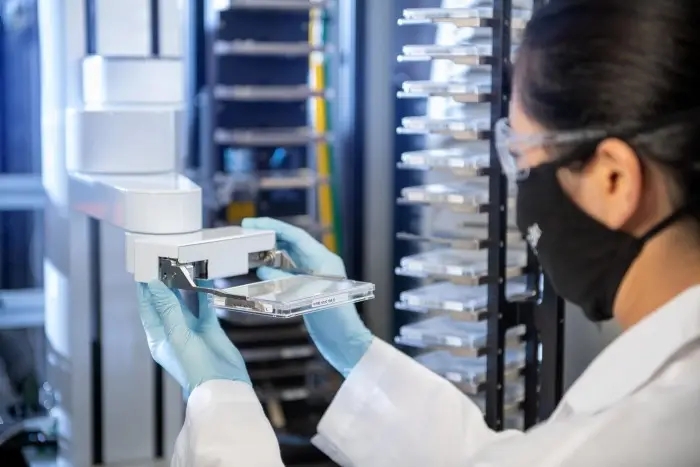
ε- Polylysine hydrochloride suppliers and manufacturers
TIME:2024-05-27
ε-Polylysine hydrochloride is a food additive obtained through controlled fermentation of specific bacterial strains, followed by adsorption, desorption, and purification using ion exchange resins.
ε-Polylysine hydrochloride has broad-spectrum antimicrobial properties and can effectively inhibit the growth of Gram-positive and Gram-negative bacteria, yeasts, molds, viruses, and other microorganisms. It is widely used in the food industry as a preservative to extend the shelf life of fruits, vegetables, legumes, edible fungi, rice and its products, wheat flour and its products, miscellaneous grains, meat and meat products, seasonings, and beverages. Additionally, it has been found to inhibit enzyme activity and fat absorption, thus providing certain health benefits.
When using ε-Polylysine hydrochloride, it is important to follow relevant safety standards and operational guidelines to ensure food safety. Due to its broad-spectrum antimicrobial properties, care must be taken to avoid overuse, which could affect the quality and taste of food.
The primary use of ε-Polylysine hydrochloride is as a preservative to extend the shelf life of food. Here are some common usage methods and recommendations:
1.Understanding the Scope of Use: ε-Polylysine hydrochloride can be used in a variety of foods, including fruits, vegetables, legumes, edible fungi, rice and its products, wheat flour and its products, miscellaneous grains, meat and meat products, seasonings, and beverages.
2.Choosing Appropriate Formulations:
·Alcohol-Based Formulation: Using a dextrin powder with 50% polylysine by mass and adding 30%-70% ethanol by volume, mainly used for various egg products.
·Acetic Acid Formulation: Adding 0.5%-5.0% acetic acid by volume, mainly used for rice, salads, and similar foods.
·Glycerol Formulation: Adding 0.01%-5% by volume, mainly used for foods with high animal protein or casein content.
·Glycine Formulation: Adding 0.01%-10% by mass and using in combination with polylysine for enhanced antimicrobial effect.
3.Methods of Addition:
·During food production, ε-Polylysine hydrochloride can be added to food raw materials in a specified ratio and mixed evenly.
·It can also be prepared into a solution and then sprayed or applied onto the surface of the food to achieve preservation.
4.Precautions:
·Follow food safety and hygiene standards to ensure the quality and purity of ε-Polylysine hydrochloride.
·Adjust the amount added based on the type of food, processing method, and storage conditions to avoid overuse.
·Take personal protective measures during use to avoid direct contact with skin and eyes.
5.Storage and Transportation: ε-Polylysine hydrochloride should be stored in a cool, dry, and ventilated place, avoiding direct sunlight and high temperatures. Ensure packaging integrity during transportation to prevent damage and contamination.
When using ε-Polylysine hydrochloride, it is important to select and adjust the method based on specific circumstances to ensure food safety and quality, and to comply with relevant food safety regulations and standards.

 CONTACT
CONTACT




